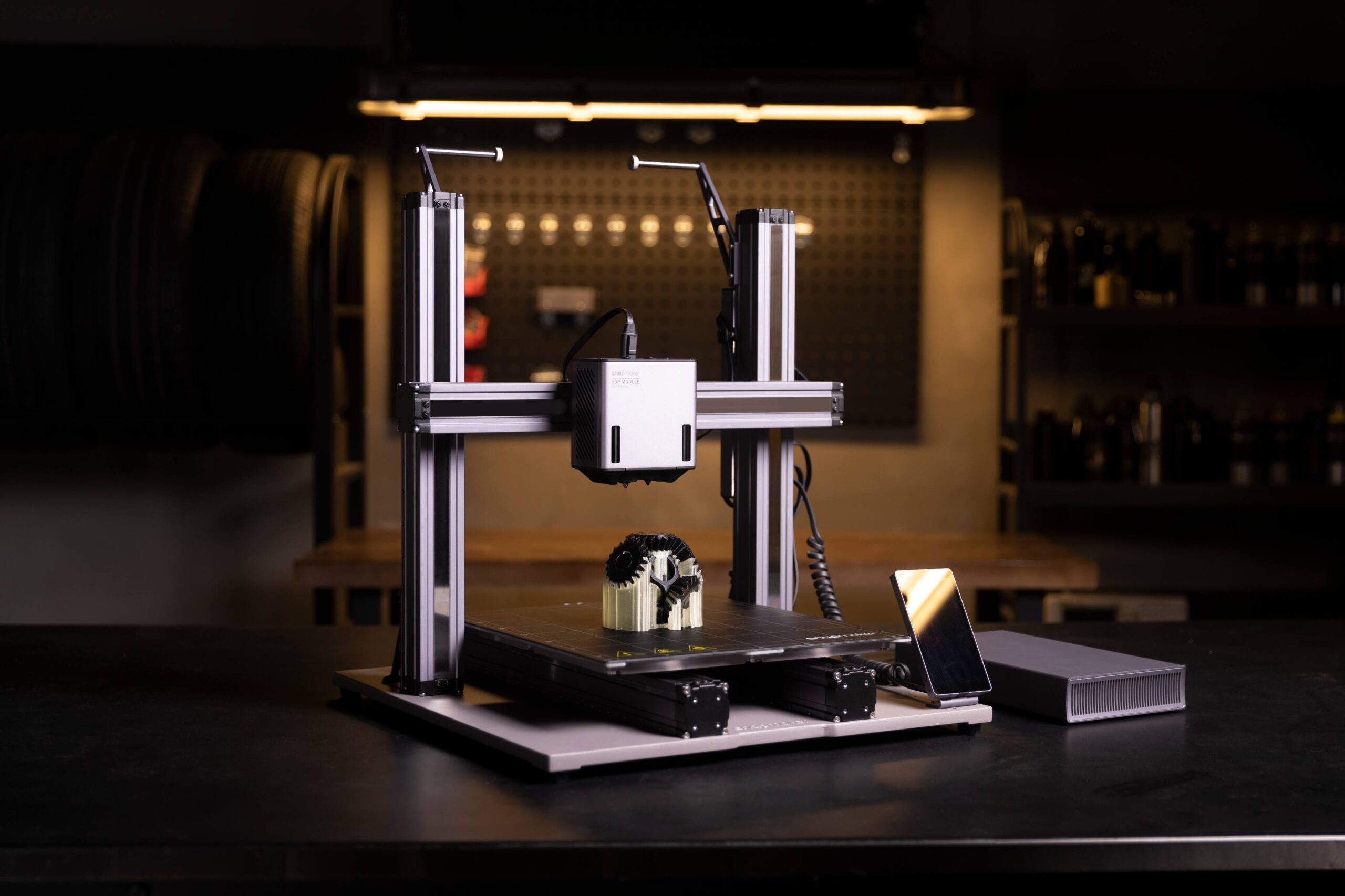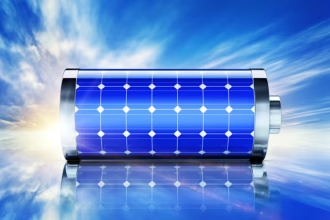Your first 3D printer is a fantastic starting point, likely capable of producing great prints with common 3D printer filament like PLA. But as your skills grow and your project ideas become more ambitious, you’ll quickly discover that not all 3D printer filament types are created equal, and neither are all 3D printer setups. Printing with advanced materials like flexible TPU, high-strength Nylon, or abrasive carbon fiber composites often requires specific hardware capabilities that might not be present on a stock machine.
Fortunately, one of the great aspects of FDM 3D printing is the ability to upgrade and modify your equipment. Strategic upgrades to your 3D printer can dramatically expand the range of 3D printer filament you can print successfully, opening up a world of new possibilities for your creations. Let’s look at some of the most impactful upgrades for tackling different material challenges.
1. The All-Metal Hotend: Unlocking High-Temperature Filaments
Most entry-level 3D printers come with a hotend that has a PTFE (Teflon) tube running down inside the heat break, sometimes almost all the way to the nozzle. This design works perfectly fine for lower-temperature 3D printer filament like PLA and PETG. However, PTFE begins to degrade rapidly when exposed to temperatures above 250°C, releasing potentially harmful fumes and causing clogs.
If you plan to print high-temperature 3D printer filament such as Nylon, Polycarbonate (PC), or certain engineering blends that require nozzle temperatures of 260°C or higher, an all-metal hotend is not just beneficial – it’s essential. An all-metal hotend replaces the PTFE liner in the heat break with a metal tube (usually titanium or stainless steel), allowing your 3D printer to safely and reliably reach much higher temperatures without degradation. This upgrade is fundamental for anyone serious about printing advanced, high-performance materials.
2. Hardened Nozzles: Battling Abrasive Filaments
Certain 3D printer filament types contain hard particles that give them unique properties or aesthetics. This includes carbon fiber-filled, glass fiber-filled, metal-filled, wood-filled, or glow-in-the-dark filaments. While these materials are fantastic for specific applications, they are highly abrasive.
Printing these abrasive 3D printer filament types through a standard brass nozzle will cause the nozzle’s bore to widen and deform surprisingly quickly. This leads to inconsistent extrusion, poor print quality, and eventually, the need to replace the damaged nozzle. To print abrasive materials reliably, you need a wear-resistant nozzle. Hardened steel nozzles are the most common and cost-effective upgrade for this purpose. Other options include ruby-tipped nozzles or nozzles made from tungsten carbide, which offer even greater wear resistance but come at a higher cost. If you plan to print with any composite or filled 3D printer filament, a hardened nozzle is a mandatory upgrade for the longevity and performance of your 3D printer.
3. Direct Drive Extruder: Taming Flexible Filaments
The extruder is the system that pushes the 3D printer filament from the spool into the hotend. Many 3D printers use a Bowden setup, where the extruder motor is mounted on the frame and pushes filament through a long PTFE tube to the hotend on the print head. This reduces the weight on the print head, allowing for faster movements.
However, Bowden extruders can struggle with flexible 3D printer filament like TPU. The soft, pliable material can buckle, kink, or compress inside the long PTFE tube, leading to feeding issues and clogs. A direct drive extruder mounts the extruder motor directly onto the print head, right above the hotend. This provides a much shorter, more constrained filament path. With a direct drive setup, pushing flexible filament becomes significantly easier and more reliable, allowing you to print softer TPU types that would be impossible on most Bowden systems. While primarily beneficial for flexibles, direct drive can also offer more precise retraction control for all filament types.
4. Enclosure: Creating a Stable Environment for Temperature-Sensitive Materials
Filaments like ABS, Nylon, and Polycarbonate are notorious for warping and cracking. This is because they shrink significantly as they cool. When printed in an open environment, drafts or uneven cooling cause different parts of the print to cool and shrink at different rates, leading to internal stresses that pull the print off the bed or cause layers to split (delamination).
An enclosure for your 3D printer creates a stable, warm environment around the print. This allows the layers to cool more slowly and uniformly, drastically reducing warping and improving layer adhesion, particularly for tall prints. You can purchase pre-built enclosures, build your own, or modify existing furniture. For materials highly prone to warping, an enclosure is a game-changer and often the difference between failed prints and successful ones. Some advanced setups even include active chamber heating, though a simple passive enclosure is sufficient for most users printing ABS or Nylon.
5. Upgraded Build Plate Surfaces: Enhancing First Layer Adhesion
While not strictly a mechanical upgrade, changing your build plate surface can significantly improve first-layer adhesion for specific 3D printer filament types. Different materials stick better to different surfaces.
-
Smooth PEI: Excellent all-around surface for PLA, PETG, and often ABS.
-
Textured PEI: Provides a unique texture on the bottom of prints and can offer great adhesion.
-
Glass: Works well with a variety of adhesives (glue stick, hairspray) for PLA, ABS, and PETG.
-
Specialty Surfaces: Some surfaces are designed specifically for Nylon or other challenging materials.
Having interchangeable build plates or a dual-sided plate (like smooth and textured PEI) allows you to quickly switch to the surface best suited for the 3D printer filament you are using, ensuring a strong first layer bond.
Conclusion
While your initial 3D printer might have limitations, a few strategic hardware upgrades can transform its capabilities. By investing in an all-metal hotend, hardened nozzles, a direct drive extruder, or an enclosure, you can equip your 3D printer to handle a much wider spectrum of 3D printer filament, allowing you to tackle more complex projects and explore the full potential of 3D printing materials. Identify the materials you want to print, understand their requirements, and upgrade your machine accordingly to unlock a new level of printing success.





